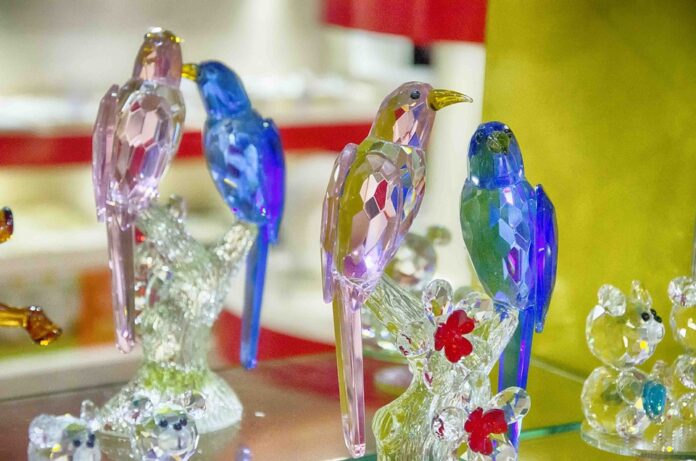From Distressed to Ombre: Explore the Latest Paint Techniques for Your Home
When it comes to transforming the look and feel of your home, paint can be one of the most powerful tools in your arsenal. From giving walls a fresh coat of color to adding depth and texture, the right paint technique can truly make a big impact. In recent years, a number of unique and creative paint techniques have become popular, offering homeowners the opportunity to experiment with new styles and finishes. In this article, we’ll explore two of the latest trends in paint techniques: distressed and ombre.
Distressed Painting: Adding Vintage Charm to Your Home
Distressed painting is a popular technique that involves creating a weathered, aged look on furniture, cabinets, or walls. This technique can give your home a cozy, lived-in feel and add a touch of vintage charm to any room. To achieve a distressed look, you’ll first need to apply a base coat of paint in the color of your choice. Once the paint is dry, you can then use sandpaper, a steel wool pad, or even a dry brush to remove some of the paint and reveal the underlying layer. This will create a worn, weathered effect that adds character and personality to your space. Distressed painting is a great way to breathe new life into old furniture or give a modern room a touch of rustic elegance.
Ombre Painting: Adding Depth and Drama to Your Walls
Ombre painting is a technique that involves blending two or more colors together to create a gradual transition from light to dark. This creates a striking, gradient effect that can add depth and drama to any room. Ombre painting is a versatile technique that can be used on walls, furniture, or even textiles to create a visually stunning focal point. To achieve an ombre effect on your walls, start by applying a base coat of the lightest color at the top of the wall. Then gradually mix in darker shades of the same color as you work your way down the wall, blending the colors together to create a seamless transition. Ombre painting is a great way to add a touch of artistry and sophistication to your home.
Tips for DIY Paint Projects
If you’re feeling inspired to try out these paint techniques in your own home, here are a few tips to help you achieve professional-looking results:
1. Prepare your surface: Before you start painting, be sure to clean and prep your surface properly. This will help the paint adhere better and result in a more durable finish.
2. Use high-quality paint: Invest in good quality paint and tools to ensure a smooth application and professional-looking results.
3. Practice first: If you’re new to paint techniques, it’s a good idea to practice on a scrap piece of wood or drywall before tackling a larger project.
4. Take your time: Painting techniques like distressed and ombre require patience and attention to detail. Take your time and work slowly to achieve the best results.
5. Have fun: Most importantly, have fun with your paint projects! Experiment with different colors and techniques to create a look that reflects your personal style and creativity.
Frequently Asked Questions:
Q: Can I use distressed painting on my kitchen cabinets?
A: Yes, distressed painting can be a great way to update the look of your kitchen cabinets and give them a more rustic, vintage feel.
Q: How long does it take to achieve an ombre effect on my walls?
A: The time it takes to achieve an ombre effect will depend on the size of the wall and the number of colors you’re using. Plan to spend a few hours on the project to ensure a seamless blend.
Q: Do I need to use special tools for distressed painting?
A: While special tools like sandpaper or steel wool pads can make the process easier, you can achieve a distressed look with basic tools like a dry brush or rag.
Q: Can I combine both distressed and ombre painting techniques in the same room?
A: Absolutely! Mixing and matching paint techniques can create a unique and visually interesting space. Just be sure to plan out your design and color palette for a cohesive look.
Q: Is it necessary to use a primer before applying paint for these techniques?
A: Using a primer can help the paint adhere better and ensure a longer-lasting finish, especially for distressed painting. Be sure to prime your surface before you start painting for the best results.

